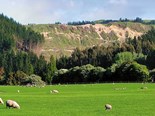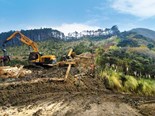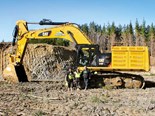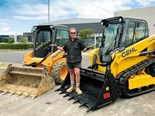The axe got the chop
Deals on Wheels writer Patrick Cox takes a look at one of the oldest tools known to mankind, now overtaken by technology and machines
The axe dates back to the Stone Age—made out of stone and strapped to some form of a handle, mainly used as a tool rather than a weapon.
.jpg)
New Zealand was built with basic tools such as the shovel and the axe. It’s hard to imagine that the axe and the handsaw were still the main tools to use in forestry until the 1960s when the chainsaw started to make an appearance.
We are only talking less than 60 years to advance to where we are now since the axe was chucked into the back of the woodshed. The axemen are dying out and there are those who still chop competitively and maybe a few old staunch guys who still insist on splitting their firewood with an axe.
I guess you would be hard-pressed to find an axe on the back of a contractor’s ute these days. To me, there is still a part for an axe to play. Even the home handyman heads down to the local hire company for a log splitter rather than use a good sharp axe.
There is a personal satisfaction to attack a big stack of log rounds with an axe, feeling the power of the steel biting deep into the wood, and the split wood heap slowly growing. Some log splitters look like hard work, having to pick up the rings off the ground onto the splitter hit hydraulic button, split a piece off then turn the round again and repeat the process.
Then the motor coughed and died and so the process stopped; the guy with the axe just kept going. What would you rather carry in the back off your ute travelling in some remote forestry block?
Modern loggers’ first choice would be a chainsaw and rightly so, but should fuel run out, the back-up would have to be an axe. From the ’60s, the quality of an axe of choice has changed dramatically as the chainsaw took over. The US had more than 600 axe manufacturers with just a handfulstill working today.
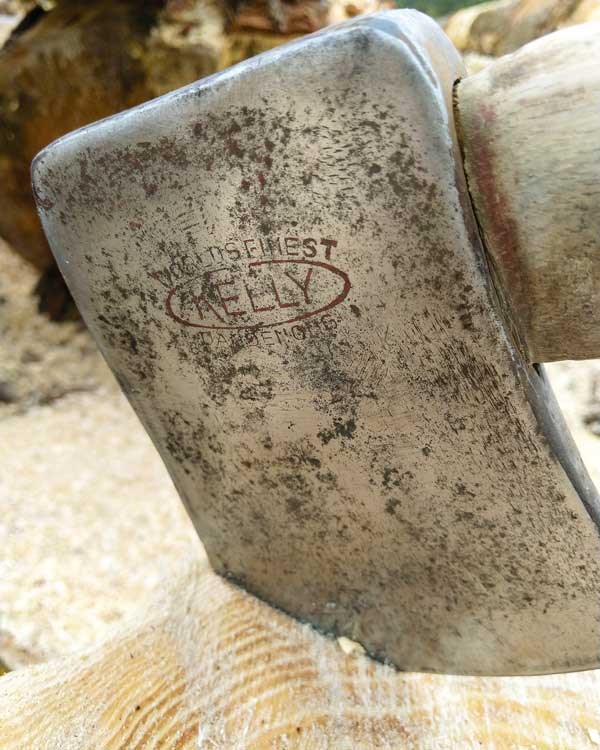 |
|
Kelly World’s Finest Dandenong
|
Canada, on the other hand, has none—surprising for a timber country. Sweden, at its peak, had 20 axe manufacturers and since 2013 that has reduced to just three. Neighbouring Scandinavian countries have no axe manufacturing companies at all, considering this is the home of the Vikings who made the axe a fighting weapon of choice during the Viking age between 800 and 1100AD.
Back in 1991, two alpine climbers in Europe found the remains of a Stone-Age man who, as it turns out, was murdered more than 5000 years ago. He was named Otzi after the Otzal Alps—the location he was found in. He had a fully intact copper axe, the only one of its kind in the world. Study and experiments carried out lead the experts to believe that this axe was capable of felling trees.
The axe of choice for me in my logging years was a Kelly World’s Finest Dandenong made in Canada. Also available was Plum made in the US. Today, they are becoming a bit of a collector’s item.
A quality Plum came up on Trademe recently. While bidding was quiet to begin with, I was prepared to go to a $100. But closer to the end of the auction, when the bid was sitting at $200, a buyer raised the bid to $225. So I let it go, but it made me wonder how far it would have gone if I had kept bidding.
Tuatahi Axes
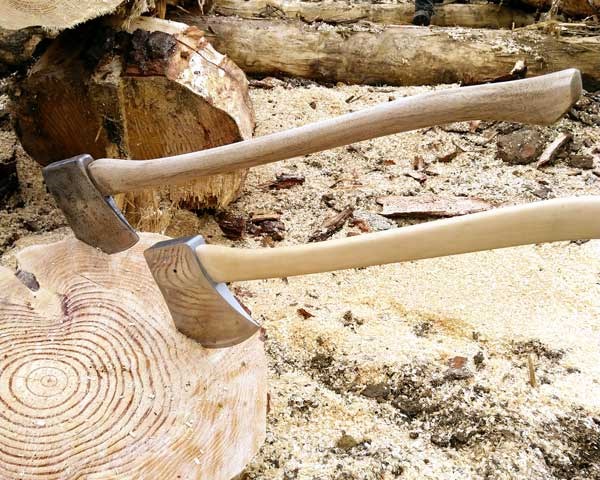 |
|
Good-quality axes are still manufactured by Tuatahi Axes in Masterton
|
If you want an excellent quality axe today, look no further than New Zealand. Tuatahi Axes manufacture racing axes and saws in their workshop in Masterton, and they also sell hand-crafted axes for the home handyman looking for a quality axe.
Each axe head is individually forged and numbered, and, if like me, you’re looking for a firewood axe, you have a choice of blade shape. You cannot buy one of these off the shelf; you have to place an order and would have to wait a couple of months before receiving it.
Every head has its own production number and is recorded. They arrive honed and razor sharp with the head polished to a mirror finish depending on your style of head. They are not cheap but if you want a New Zealand-made quality product, you will not be disappointed.
I took my old Kelly and the new Tuatahi with me recently while calling on a logging contractor. I whacked the Tuatahi into a log—one hit and there it stayed. The Kelly, although not honed to razor sharp, bounced off a couple of times before I could get it to dig in.
 |
|
The axe and handsaw will still the main tolls to use in forestry until the 1960s
|
The trouble with buying an old axe head today is most of the blade has been filed away over the years and good old-fashioned axes are hard to come by.
For me, there is still a place for an axe in the back of the ute and in a logging crew, even if it’s just for that final quality control check around the truck for the odd limb still sticking out. This is a skill that should not disappear.
In today’s forestry environment, millions of cubic metres are produced with not a single axe is sight. Mechanisation has taken over completely. You could say the axe has become redundant to loggers; just a few handymen and farmers, hunters, and those in outdoor pursuits still find a use for it.
But don’t throw it away yet in the case of a one-off event where it could still be your best friend.
Keep up to date in the industry by signing up to Deals on Wheels' free newsletter or liking us on Facebook.











